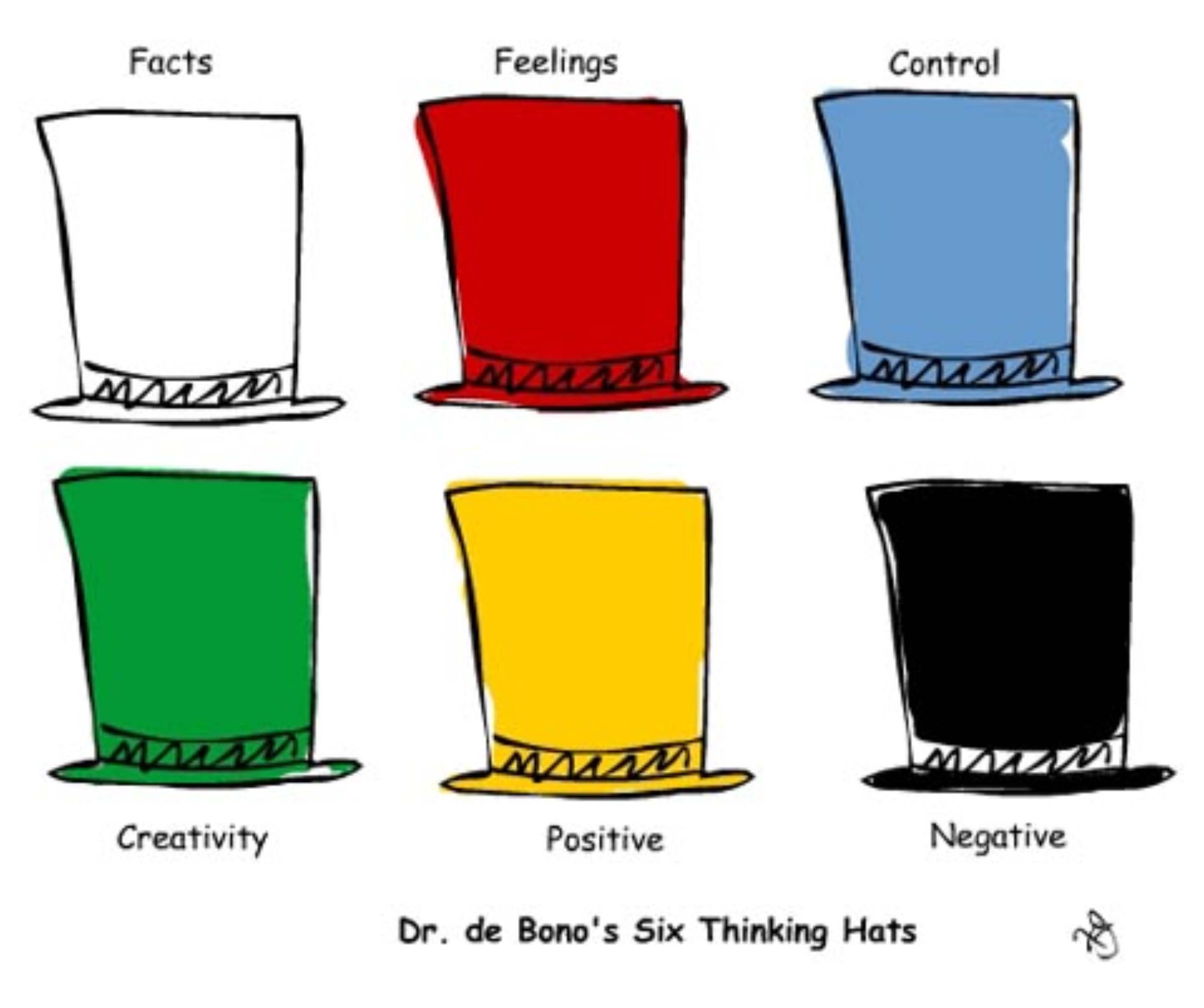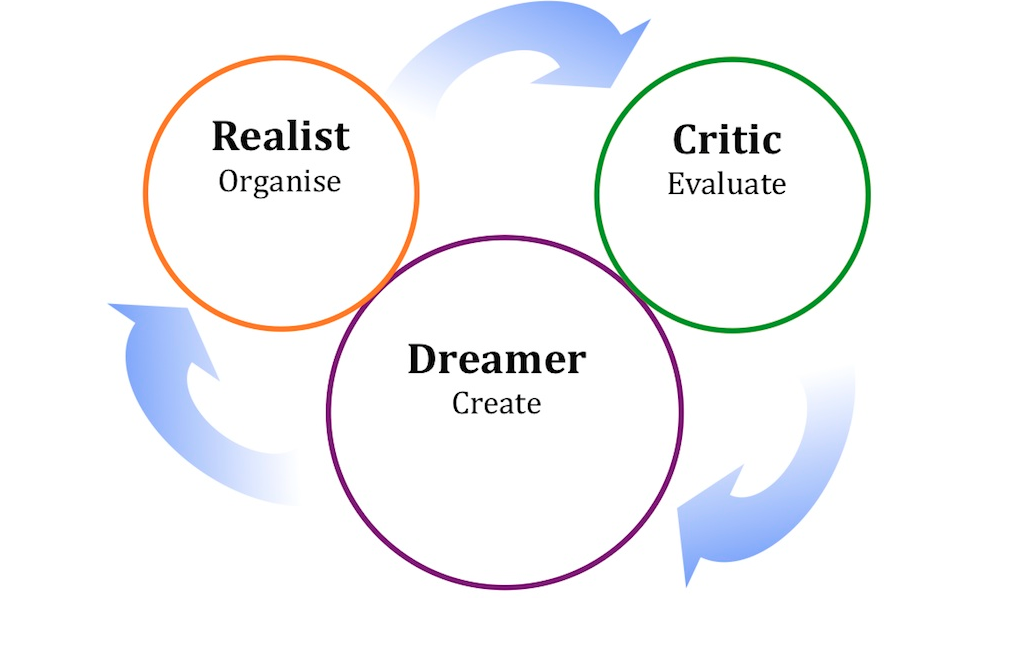We all hate long meetings! Who doesn’t? Long conversations that seem to go round in circles with no end. Some think in order to get things done, they need to be long. I have a different opinion on this very important matter.
As a meeting facilitator, I believe I have a solution for you professionals, leaders, and managers. You see, although the details of the meetings are very important and necessary to communicate, the process in how the meeting flows from start to finish is just as imperative. It is the Chair or the facilitator to ensure the process flows as it should.
- Creepy Poison Technique: People speaking at a time can draw out a meeting. I teach my clients different ways of talking. Instead, you can give a person a minute to talk, and stick to it. Everyone can write their views or questions and discuss as a group before sharing with the whole group. This saves time and narrows the discussion pro
 cess.
cess. - The Six Thinking Hats Technique: Created by Edward de Bono, it is recommended that the Chair create a space for full participation and have the team to think in six clear functions and roles. This encourages the team to clarify the intentions of the meeting.
- Open Space Technology: This method allows for the meeting to be completely owned by the participants. The facilitator is present but invisible. The participants self-organize themselves dealing with the complexity of the issues discussed, diverse solutions, handling any conflict and doing it quickl
 y.
y. - NLP’s Disney Strategy: This is a process that helps generate solutions to problems. Avoiding our tendency to shoot down ideas that block creativity. Using a structure that has three phases in the generation of ideas. The Dreamer, is what we want to create; The Realist, is how they plan and organize and the Critic reviews the risks.
- The Check list: Similar to what many of use already do, this check list emphasizes an efficient flow of dialogue. Were the meeting and the people appropriately introduced?
- Was the agenda used, and adhered to?
- Was time well managed? (Did the meeting start and finish on time; was the right amount of time spent on each item?)
- Were the people well managed – brought into the discussion (or shut up!) as appropriate?
- Was someone taking minutes or (better) writing notes onto a flipchart?
- Were any necessary formalities observed?
- Was the purpose of the meeting clear to all and did we draw real conclusions and make decisions?
- Feedback: A method that only has you improving future meetings based on what is said but show the power of vulnerability to those in the meeting. Knowing your weakness is humbling and urges growth.


 y.
y.